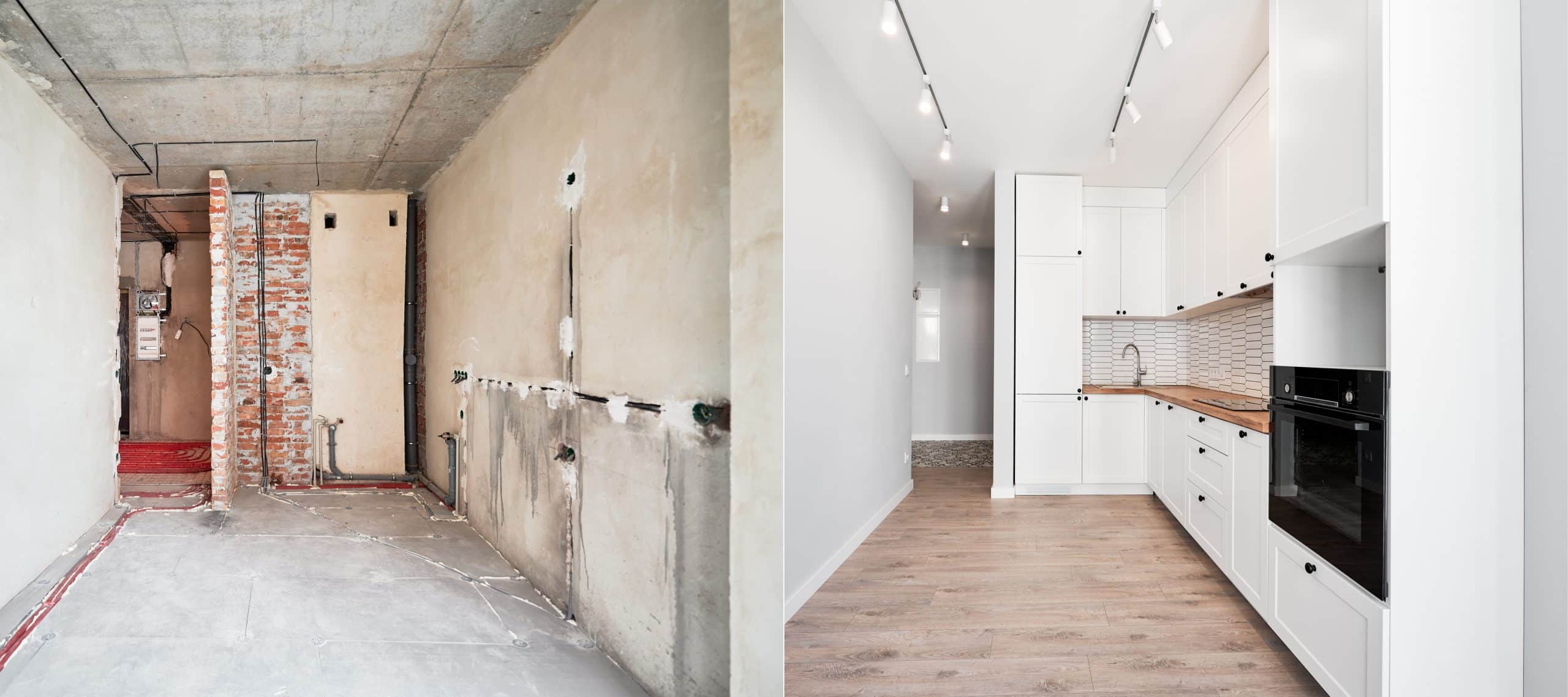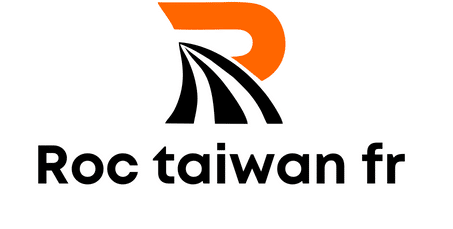What Are the Best Practices for Retrofitting Historic Buildings for Energy Efficiency?

In the face of mounting concerns about climate change, the efficiency of energy use has risen on everyone’s agenda. However, achieving these goals in historic and heritage buildings presents unique challenges and opportunities. These precious structures are an integral part of our history but are often energy inefficient due to their age and design.
To preserve their charm and heritage while improving their functionality, they must be retrofitted. But how can we do this without sacrificing their historic values or architectural integrity? This article will delve into the best practices for retrofitting historic buildings for energy efficiency, with a focus on solutions such as insulation, windows, and residential systems.
A découvrir également : How to Use Location Intelligence Software to Choose New Real Estate Development Sites?
Retrofitting Historic Buildings: A Balancing Act
Retrofitting involves updating existing systems and structures to improve their performance. In the context of historic buildings, this often means enhancing energy efficiency while preserving the building’s essential historical character.
Careful planning is necessary to avoid potential conflicts between preservation goals and energy-saving measures. To ensure successful retrofitting, one must engage in a comprehensive energy audit to identify the most effective, least intrusive interventions.
A lire en complément : How to Prepare a Real Estate Investment Plan for an Aging Population?
One of the most impactful ways to enhance energy efficiency in these buildings is through insulation. Insulation significantly reduces heat transfer, which results in lower heating and cooling costs. However, it’s crucial to use materials that do not harm the original structure or materials.
The Role of Windows in Energy Efficiency
Windows play an essential part in the energy efficiency of historic buildings. The National Park Service’s Preservation Brief 3: "Conserving Energy in Historic Buildings," notes that windows often represent one of the most significant sources of heat loss in these structures.
Therefore, retrofitting efforts typically include improving window performance. However, replacing historic windows with modern ones can compromise the building’s aesthetic integrity. A better solution to this challenge involves weatherstripping and adding storm windows. This method maintains the original windows while significantly improving their energy efficiency.
Utilizing Efficient Residential Systems
Retrofitting historic buildings doesn’t stop with insulation and windows. The implementation of efficient residential systems can help reduce the building’s overall energy consumption.
High-efficiency HVAC systems, for instance, can lower energy use by up to 50% compared to older systems, according to the US Department of Energy. Similarly, LED lighting systems use less energy and have a longer lifespan than traditional incandescent bulbs.
Keep in mind that any modifications must respect the structure’s historic fabric. For example, installing a modern HVAC system should not involve removing significant architectural details.
The Importance of Post-Retrofit Monitoring
After the retrofit process, it’s essential to conduct post-retrofit monitoring to assess the improvements’ impact on the building’s energy efficiency and its historical character. The data collected from this monitoring can help building owners fine-tune their systems for even better performance, ensuring the building operates as efficiently as possible.
This process requires continuous tracking of the building’s energy consumption to figure out whether the implemented solutions are effectively reducing energy use and costs.
Navigating Local and National Building Codes and Standards
When retrofitting historic buildings for energy efficiency, there’s a need to navigate local and national regulations and standards. These rules often strike a balance between preserving the building’s historic character and improving its energy performance.
For successful retrofitting, one must understand and follow these regulations. These include local building codes as well as guidelines set by bodies such as the National Park Service or the Department of Energy. It’s also worth noting that some regions might offer financial incentives or grants towards retrofitting historic buildings for energy efficiency.
In the quest for energy efficiency, historic buildings should not be overlooked. By retrofitting these structures in a manner that respects their historic character, we can ensure their preservation for future generations while also contributing to climate change mitigation efforts. Today, achieving energy efficiency in heritage buildings is not just a possibility – it is a necessity.
The Impact of Renewable Energy Solutions on Historic Buildings
Renewable energy solutions have emerged as a smart means to achieve energy efficiency without impacting the historic fabric of buildings. This involves harnessing natural resources, such as wind or solar power, to reduce reliance on energy from non-renewable sources.
Solar panels, for instance, can be installed in a way that minimizes their impact on a building’s historic character. They can be placed on non-visible parts of the roof or other areas where they will not alter the building’s aesthetics. Solar panels are an excellent way to reduce energy consumption and contribute to climate change mitigation efforts.
Moreover, wind turbines can be utilized to generate electricity. These systems can be designed to blend with the surrounding environment, minimizing their visual impact while enhancing the building’s energy performance.
However, care should be taken when installing these systems in historic structures. It’s essential to collaborate with a professional who understands historic preservation guidelines and can implement these solutions without compromising the building’s heritage significance.
Geothermal heat pumps are another renewable energy solution that can be considered. These systems use the constant temperature of the earth to provide heating and cooling for buildings. Installing a geothermal system involves minimal alteration to the building, making it a low risk, high reward solution.
While renewable energy solutions can greatly enhance a building’s energy efficiency, their implementation should be done in a way that respects and protects the building’s historic nature. This demands careful planning, sensitive design, and professional execution.
Conclusion: The Future of Historic Buildings in the Energy Efficiency Movement
In light of the increasing urgency to combat climate change, retrofitting historic buildings for energy efficiency has become a necessity. This challenge is a delicate balancing act between preserving the historical integrity of these valuable structures and improving their energy performance.
Emerging technologies and solutions, from high-efficiency residential systems to renewable energy sources, provide promising avenues to enhance the energy performance of historic buildings. However, these solutions require careful planning, sensitive execution, and continuous post-retrofit monitoring to ensure they meet their energy-saving goals while protecting the building’s unique heritage significance.
Moreover, respecting local and national building codes and standards is a crucial aspect of successful retrofitting. Building owners should also seek out potential financial incentives and grants, which can offset the cost of these energy-efficient retrofits.
In this journey towards energy efficiency, we have the responsibility to protect and preserve our historic buildings. After all, these structures are not just buildings – they are tangible links to our past. By thoughtfully retrofitting them, we can ensure they remain a part of our future, serving as energy-efficient beacons in our ongoing fight against climate change. Through energy retrofit, we can provide these historic places a sustainable path forward, safeguarding our shared heritage while contributing to a greener, more energy-efficient world.
